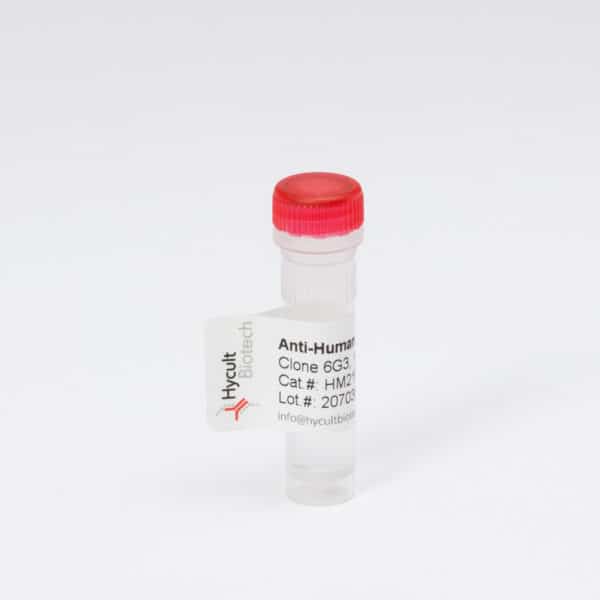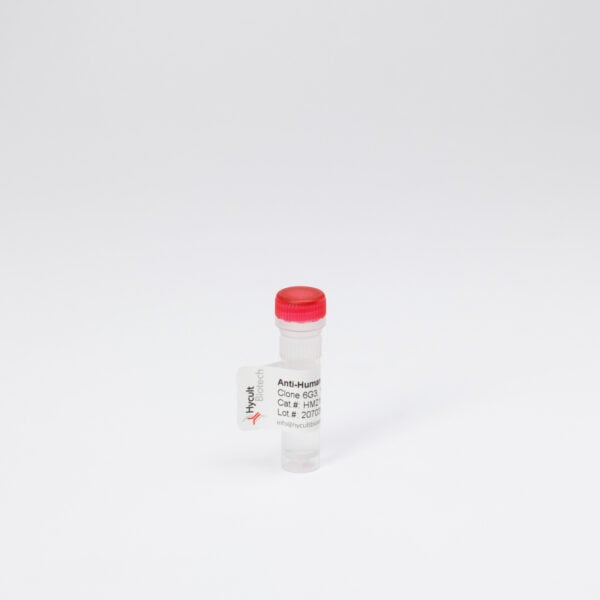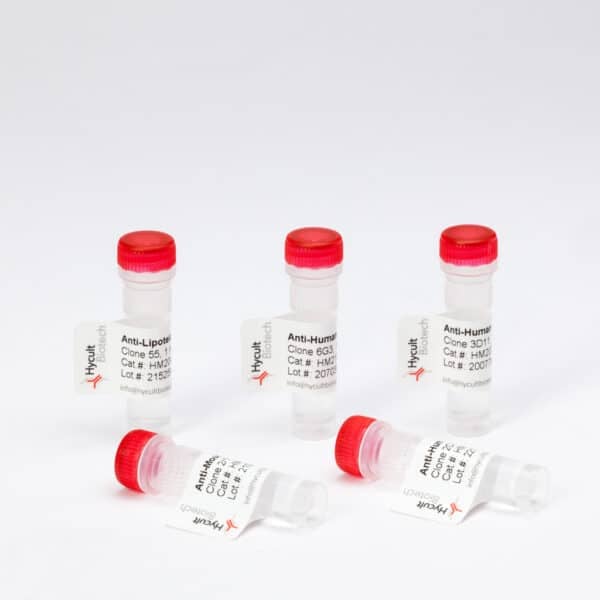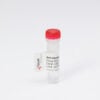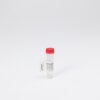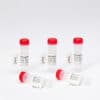Galectin-8, Human, mAb 106.1
€139.00 €431.00Price range: €139.00 through €431.00
Galectins are animal lectins that can specifically bind beta-galactosides. Thirteen galectins have already been described, belonging to three different groups: prototype, tandem-repeat and chimeric. Galectins are involved in cellular interactions and neoplastic transformations. Galectin-8, is a 34 kDa protein made of tandem-repeat carbohydrate recognition domains (CRDs), joined by a “link” peptide. Structurally, galectin-8 belongs to the tandem-repeat type galectins. The galectin-8 gene ( LGALS8) encodes numerous mRNAs by alternate splicing and the presence of three unusual polyadenylation signals. These mRNAs could encode for six isoforms of galectin-8, of which three belong to the tandem-repeat galectin group (with two carbohydrate binding domains) and the three others to the prototype group (one carbohydrate binding domain). Galectin-8, like other galectins, is a secreted protein. Upon secretion galectin-8 acts as a physiological modulator of cell adhesion. When immobilized, it functions as a matrix protein equipotent to fibronectin in promoting cell adhesion by ligation and clustering of a selective subset of cell surface integrin receptors. Although galectin-8 is a fairly abundant protein, it is not ubiquitously expressed. It shows a micro-clustering pattern reminiscent of that seen with proteins associated with mitochondria, the Golgi or trans-Golgi membranes. Studies of galectin-8 revealed that galectin-8 positively or negatively regulates cell adhesion, depending on the extracellular context. Cell adhesion to galectin-8 triggers integrin-mediated signalling cascades such as Tyr phosphorylation of FAK and paxillin. Galectin-8 is widely expressed in normal tissues (brain, breast, colon, retina, kidney, pancreas, placenta, spleen, testis, uterus, vascular, esophagus and heart) as well as in tumor tissues (brain, breast, colon, germ cells, head and neck, kidney, muscles, ovary, pancreas, thyroid, placenta, prostate, uterus, lung, stomach and esophagus).
